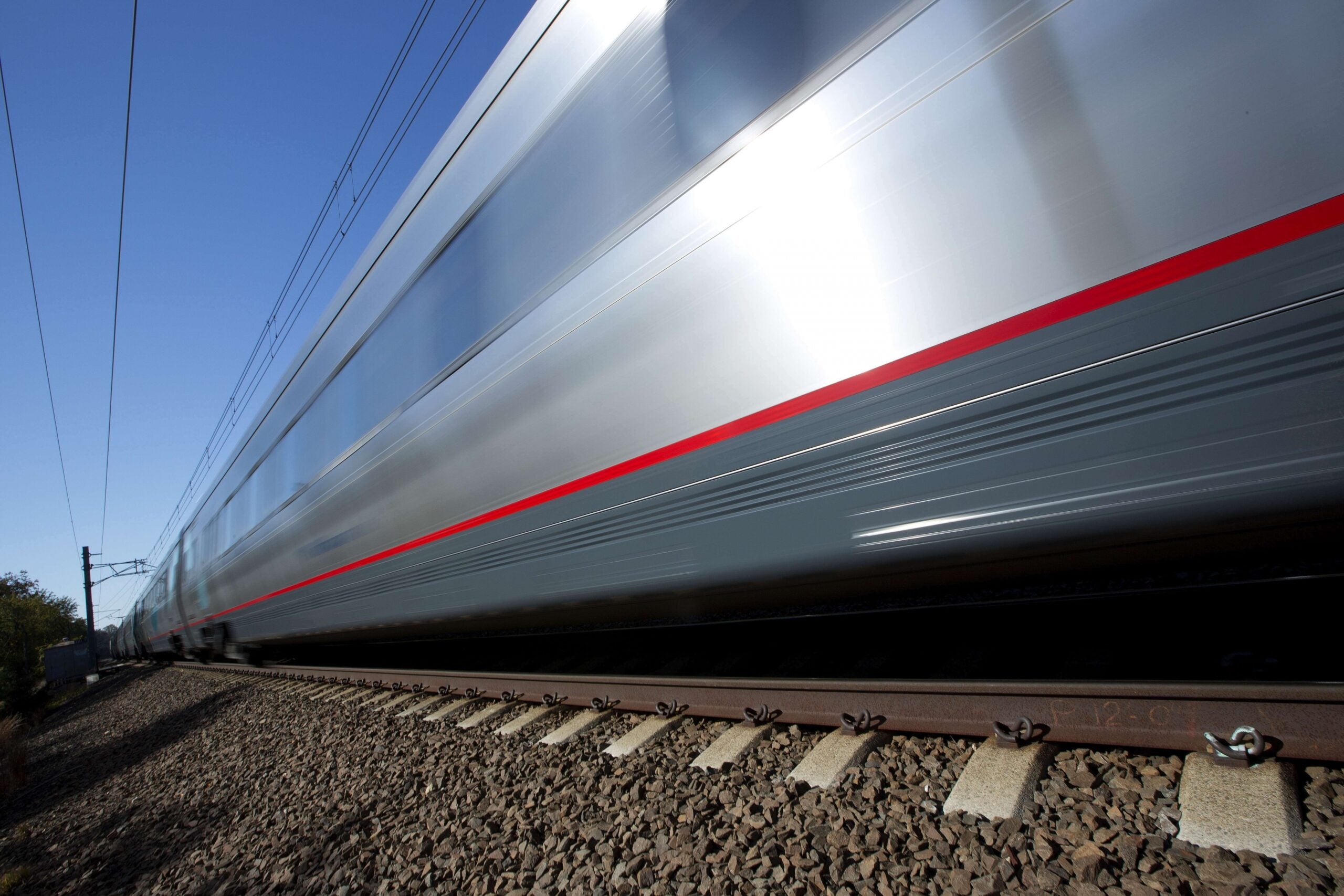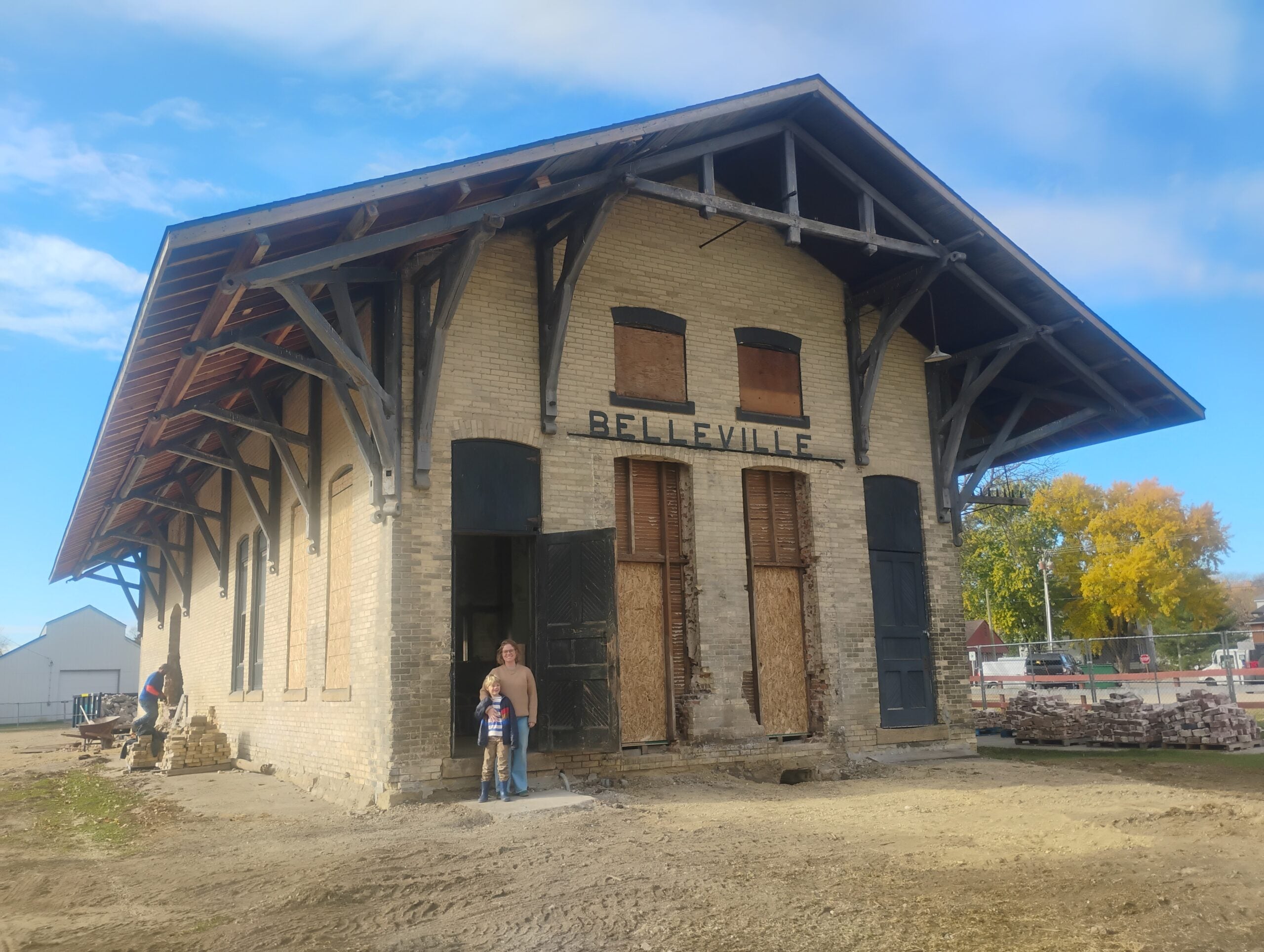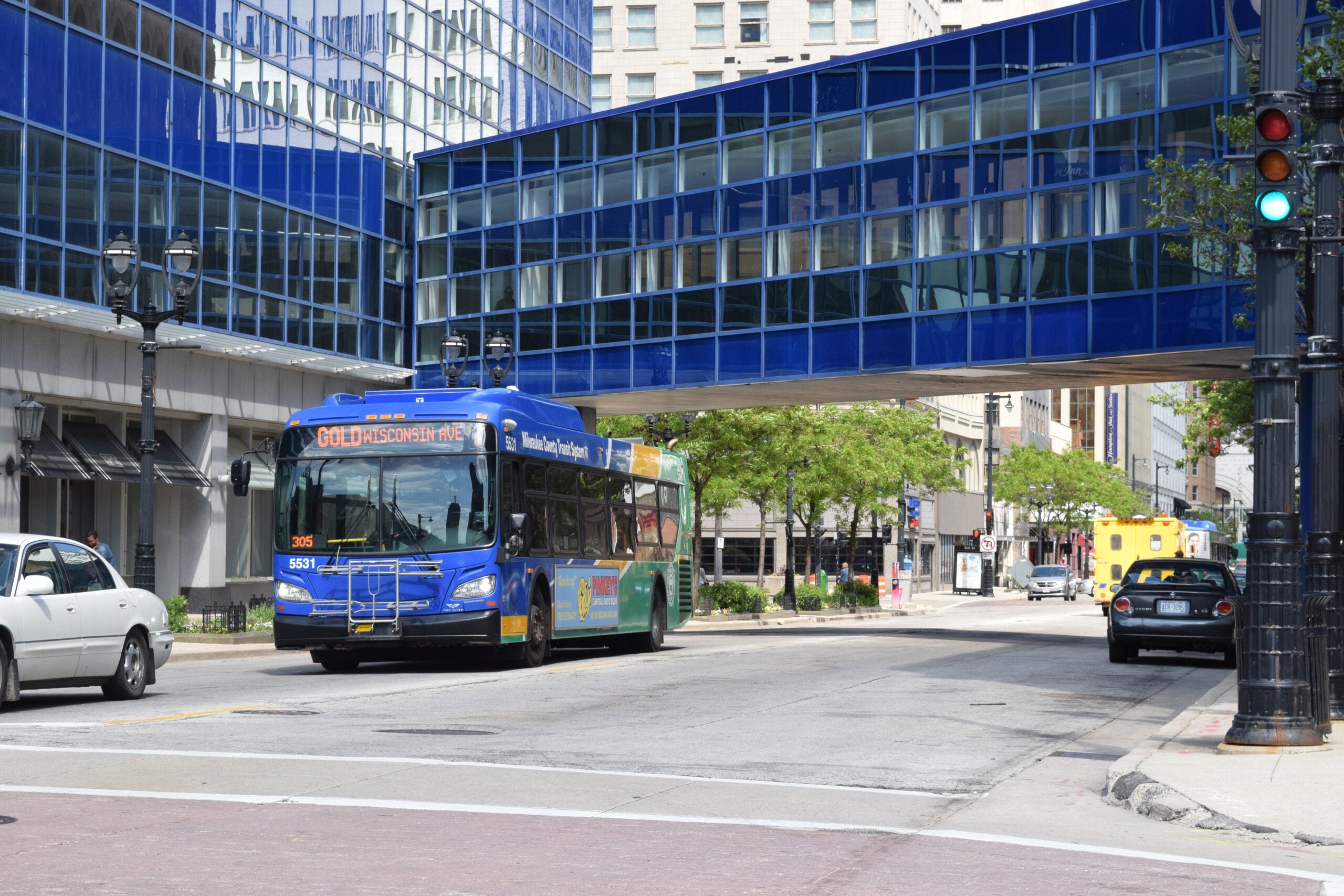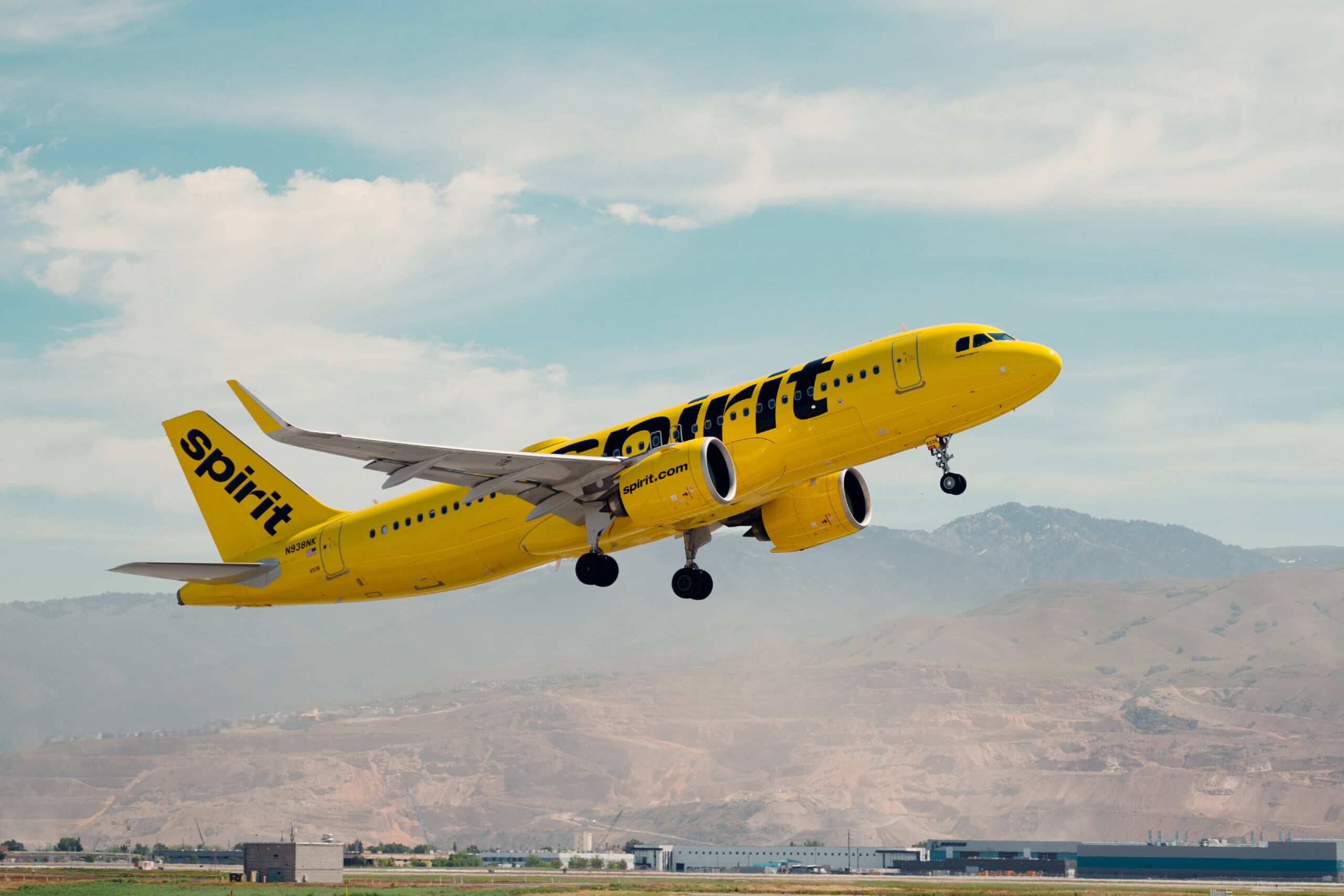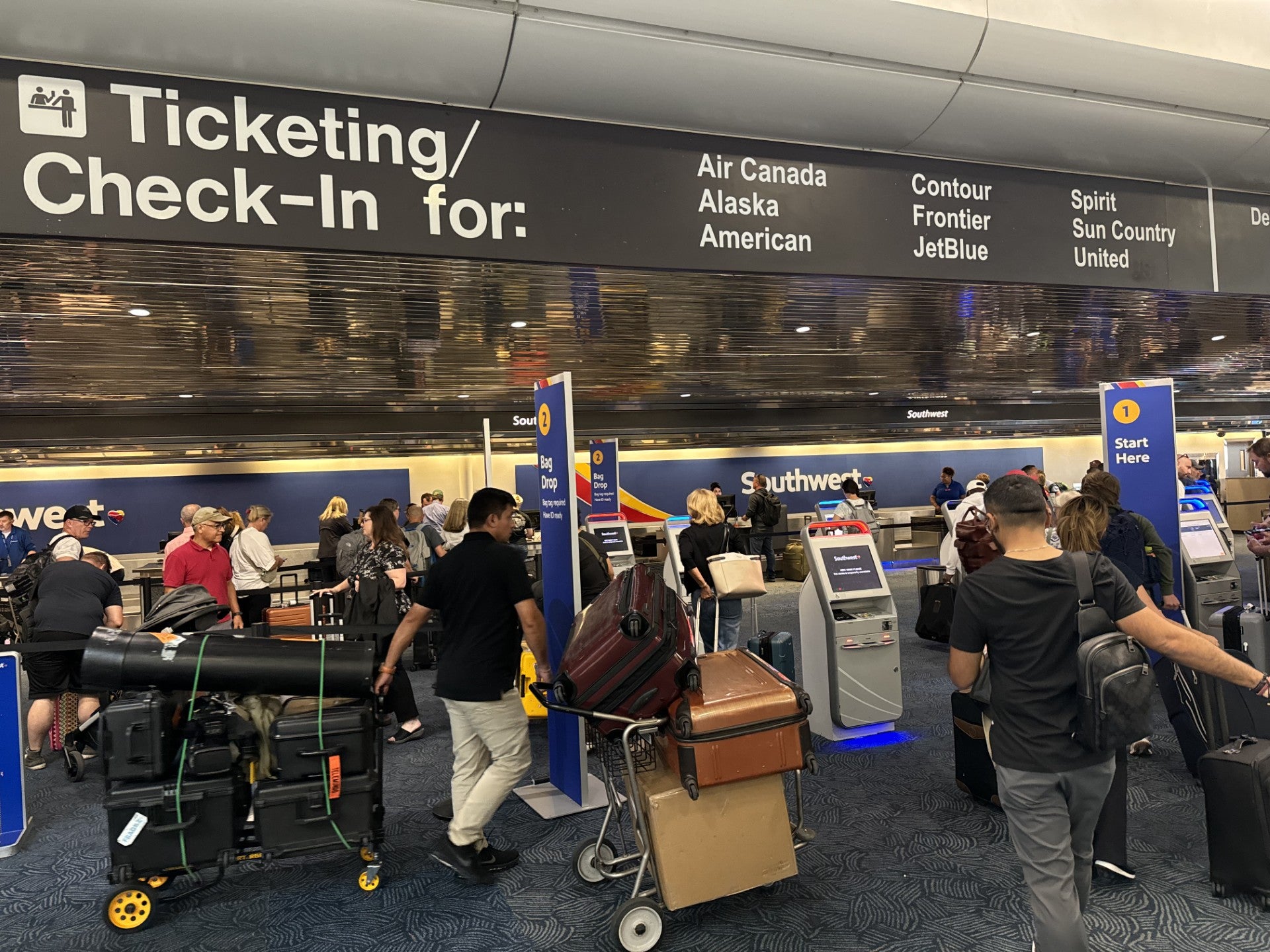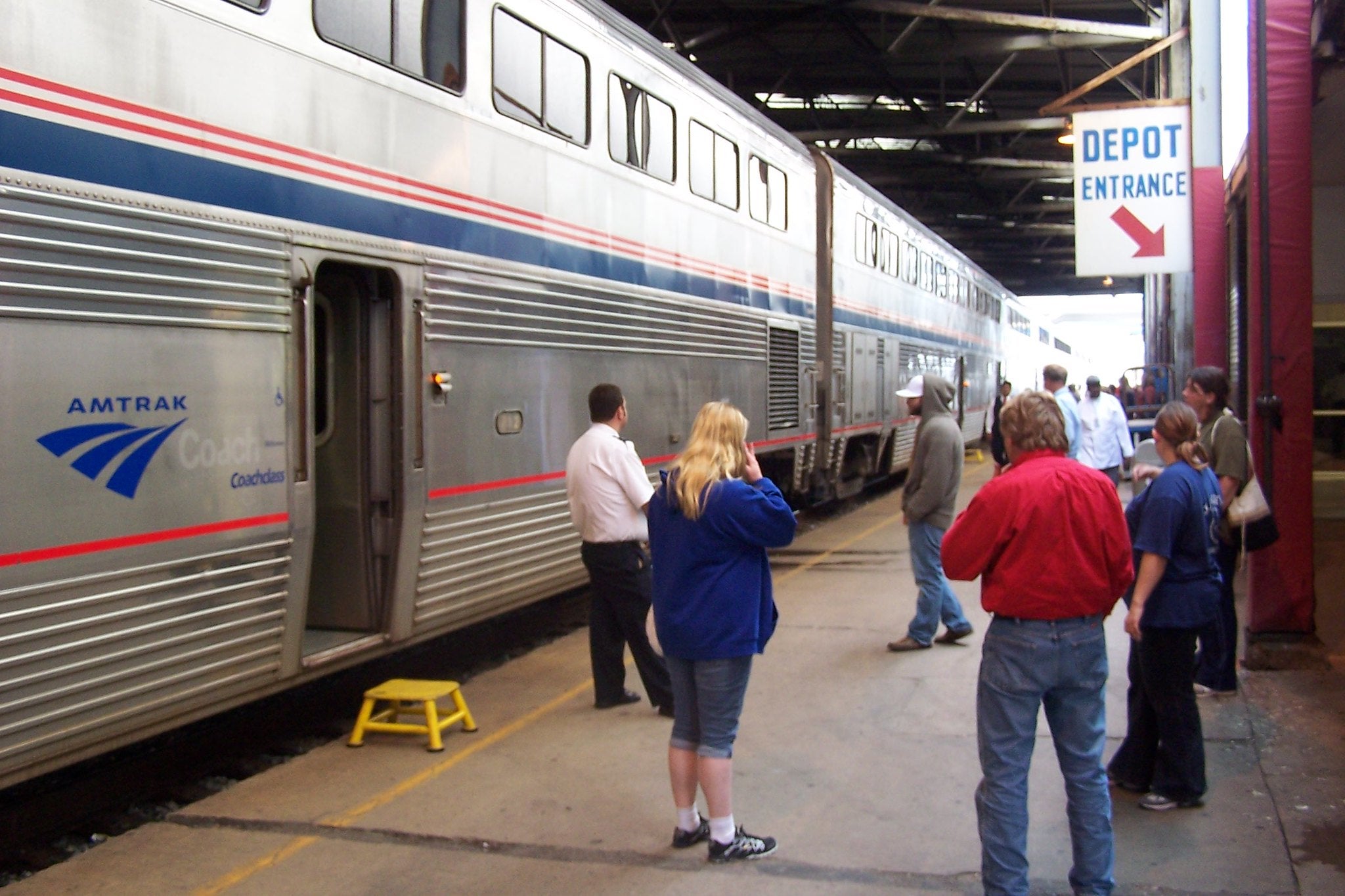Tuesday marked the very first run of Amtrak’s new Borealis route, which stretches across Wisconsin from Chicago to the Twin Cities. The new route offers passengers daily trips, doubling the service currently offered by Amtrak’s Empire Builder, which runs from Chicago to Washington state.
In addition to increasing the frequency of rail service in Wisconsin, the Borealis route offers midday departure times, cheaper tickets and faster arrivals. It includes eight stops in Wisconsin, including Milwaukee, the Wisconsin Dells, and La Crosse.
Lisa Stern worked on the route as the chief of railroads and harbors at the Wisconsin Department of Transportation. She joined WPR’s “Wisconsin Today” to talk about the new service and how it might affect transportation in the state.
News with a little more humanity
WPR’s “Wisconsin Today” newsletter keeps you connected to the state you love without feeling overwhelmed. No paywall. No agenda. No corporate filter.
The following was edited for clarity and brevity.
Rob Ferrett: Take us on a tour. What are the basics of the Borealis route?
Lisa Stern: The Borealis route will complement the existing Empire Builder. It’s going to leave from both Chicago and the Twin Cities — St. Paul, actually — around 11 to 11:30 in the morning, and then arrive at their destinations between 6:30 and 7. So it’s a very convenient time frame.
It’ll be running through Wisconsin through the middle of the day. It will also provide a much more reliable schedule eastbound. I think a lot of people have been using the Empire Builder. And if you have, you know that sometimes that trip from Seattle back to Chicago has significant delays. But with this route, it will be just between the Twin Cities and Chicago and it will be a much more reliable schedule.
RF: What do you know about demand for this new route? You’ve built it, will the passengers come and ride the rails?
LS: The passengers are already coming. This started on Tuesday, and we have very high levels of train tickets being sold already. For this weekend, we were looking at 70 percent of the train already being sold out (as of) earlier this week. So there is a demand there.
When we were looking at the service to start with, and evaluating the Empire Builder, 60 percent of the people who got on in Wisconsin got off within this route. So there was already a demand.
RF: How does taking the Borealis across Wisconsin compare to driving, when it comes to factors like price, efficiency and environmental impact?
LS: The costs will depend on how early you’ve booked your ticket and how busy the train is. So on a holiday weekend, the price will tend to grow. This opening week, we were selling tickets between Chicago and the Twin Cities starting at $41. The price can increase to over $100, depending on if there’s not very many seats left, (for example) on a holiday weekend. That’s for the full route. It will vary. If you’re getting on in Portage and going to La Crosse—it will be a smaller amount.
The full distance from Chicago to the Twin Cities will take about seven and a half hours, which is about an hour longer than driving with no stops. But of course, you can get up on the train. We have a cafe car. We’ve made a big effort working with Amtrak and Minnesota and Illinois to provide some local fare there for people to enjoy.
Trains are an environmentally friendly option for people to use for transportation. Additionally, it’s great for business travel. If you’re going (somewhere) for business, you can get emails done or get reading done on the train, or you can just relax and get ready for whatever you’re attending to when you’re at your destination.
RF: There are groups out there calling for new passenger rail connections, including in Wisconsin’s second and third largest cities: Madison and Green Bay. What would have to happen to expand to cities that don’t currently have that train stop?
LS: The Federal Railroad Administration has created this new program called the Corridor ID Program. And Wisconsin DOT submitted four different projects, and we were awarded all four. So those projects will look at expanding passenger rail in Wisconsin, and that includes to Madison, to Green Bay and also an Eau Claire connection. And Eau Claire County actually also submitted their own. So there’ll be a study looking at connecting Eau Claire to the Twin Cities as well. We’re also working with Minnesota on their Northern Lights Express, which will connect the Twin Cities up to Duluth (and) Superior.
So this whole program would look at that exact question: what do we need? Where does it make sense to expand passenger rail? What do we need to do if we decide that that’s the way we want to move forward? So we’re just in the very beginning; we just signed the grant agreements this week, actually.
RF: For people who don’t live in towns on the Borealis route right now, what kind of connection options are out there?
LS: Currently, Wisconsin DOT supports a bus connection from the Green Bay area to the Hiawatha. So that’s one option that’s been very popular and successful. … There’s also some private bus connections between Madison and Columbus. … And we’re working on adding a bus connection between Eau Claire and Tomah. So that is something that will be coming, hopefully in the near future.
Wisconsin Public Radio, © Copyright 2025, Board of Regents of the University of Wisconsin System and Wisconsin Educational Communications Board.

